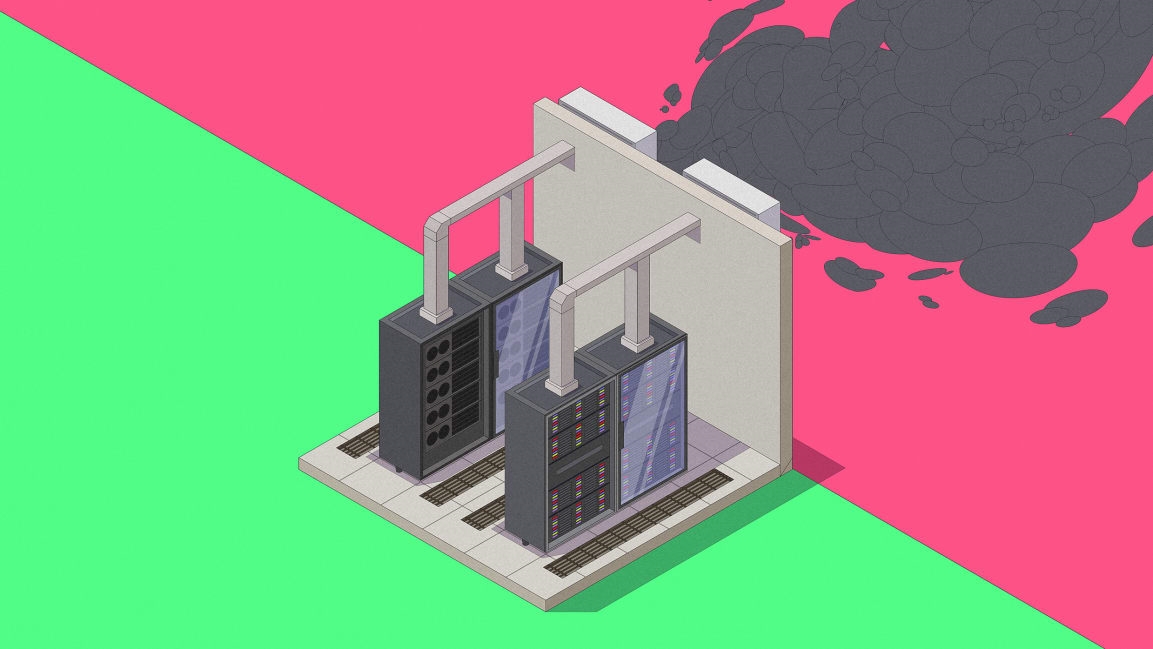All your company’s old, abandoned Google Cloud files are causing carbon emissions
The digital world’s carbon footprint keeps growing: Even as data centers become more efficient, there’s more demand for their use, and the infrastructure that underlies the internet is now responsible for more emissions than air travel. One part of that footprint comes from old websites, apps, databases, or other projects that have been abandoned but are still using power in the cloud. A new tool from Google Cloud helps point them out so its customers can help shrink emissions.
The tool builds on another that was released last year, called Carbon Footprint, which calculates the total emissions from a company’s use of Google Cloud. “You can’t really change what you can’t measure,” says Chris Talbott, sustainability lead for the cloud at Google. “So many companies are trying to first get a handle on what their carbon footprint is of digital infrastructure, which in the case of the cloud is managed by another company and can sometimes feel a little bit ethereal to an end user or customer.” Both Microsoft and Amazon also have carbon footprint tools for their cloud services.
Google’s new “Active Assist” tool uses AI and machine learning to find projects that appear to be idle, and highlights them so users can delete them. “It basically shows customers the associated emissions with idle or abandoned projects so that they can clean those projects up and reduce emissions,” Talbott says. Another previously released tool tells customers which Google Cloud regions have the cleanest electric grids, so if a company has flexibility, it can choose to do its work in the lowest-emissions area. All of the climate tools are now part of a suite of features called Carbon Sense.
Google already buys as much renewable electricity as its data centers use, so it can claim to use 100% renewable energy over the course of a year. But that doesn’t mean that each data center is running on renewables all the time. By the end of the decade, the company aims to meet a more aggressive goal for “24/7 carbon-free energy,” meaning that it will buy clean energy for every location for each hour of operations. (Microsoft has the same goal for 2030.) Until that happens, using Google Cloud has a climate impact, and getting rid of unused projects can help. When the company analyzed data used by its customers last year, it found more than 600 tons of CO2 emissions that could potentially be eliminated by cleaning up old projects—roughly the climate equivalent of planting 10,000 trees.
Fast Company , Read Full Story
(31)



